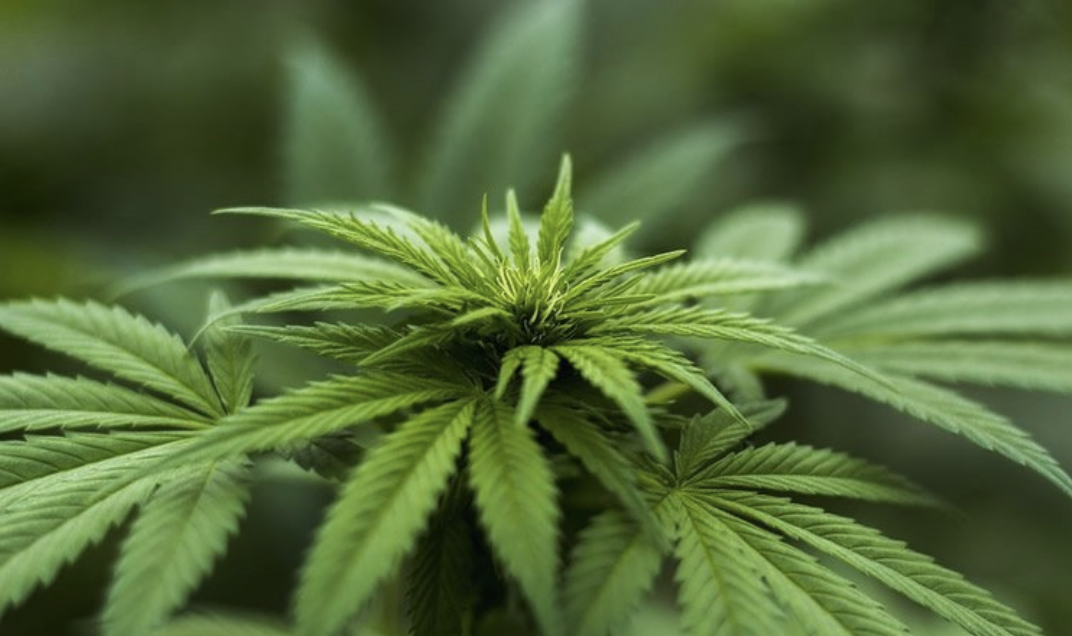The Endocannabinoid System
- Posted on
- By Health CBD Organics
- 0

Cannabinoids are a natural part of your biological processes - even if you've never tried it! This post will break down how and why people are turning to CBD solutions, the science that gave it legs to stand on, and which solutions are best fit for you!
What is the endocannabinoid system and what does it do?
The endocannabinoid system (ECS) is a biological system first discovered in the late ’80s and early ’90s, although much remains unknown about the system today.
The ECS is largely comprised of endocannabinoids, receptors, and enzymes that are believed to help regulate a variety of functions in human including sleep, mood, memory, appetite, reproduction, and pain sensation. Scientists still have plenty of questions about the human endocannabinoid system and how it functions.
To understand the human endocannabinoid system, it’s helpful to know a little about one of the most fundamental concepts in biology: homeostasis. And the best way to understand homeostasis is to think of Goldilocks and the Three Bears.
The classic fairy tale illustrates the idea that the best outcome often lies somewhere in the middle, between two extremes. We don’t want things too hot or too cold, but just right.
Homeostasis is the concept that most biological systems are actively regulated to maintain conditions within a narrow range. Our bodies don’t want temperature to be too hot or too cold, blood sugar levels too high or too low, and so on. Conditions need to be just right for our cells to maintain optimum performance, and exquisite mechanisms have evolved to draw them back to the Goldilocks zone if they move out.
The body’s endocannabinoid system (ECS) is a vital molecular system for helping maintain homeostasis—it helps cells stay in their Goldilocks zone.
Why do we have cannabinoid receptors and what are they?
Cannabinoid receptors sit on the surface of cells and “listen” to conditions outside the cell. They transmit information about changing conditions to the inside of the cell, kick-starting the appropriate cellular response.
There are two major cannabinoid receptors: CB1 and CB2. These aren’t the only cannabinoid receptors, but they were the first ones discovered and remain the best-studied.
CB1 receptors are one of the most abundant receptor types in the brain. CB2 receptors are more abundant outside of the nervous system, in places like the immune system. However, both receptors can be found throughout the body.
What are endocannabinoids?
Endocannabinoids are molecules that, like the plant cannabinoid THC, bind to and activate cannabinoid receptors. However, unlike THC, endocannabinoids are produced naturally by cells in the human body (“endo” means “within,” as in within the body).
There are two major endocannabinoids: anandamide and 2-AG (Figure 2). These endocannabinoids are made from fat-like molecules within cell membranes, and are synthesized on-demand. This means that they get made and used exactly when they’re needed, rather than packaged and stored for later use like many other biological molecules.
Endocannabinoid regulation of inflammation
Inflammation is a natural protective reaction the immune system has in response to infection or physical damage. The purpose of inflammation is to remove pathogens (germs) or damaged tissue. The inflamed area is produced by fluid and immune cells moving into the area to do the dirty work and return things to their Goldilocks zone.
It’s important that inflammation be limited to the location of damage and doesn’t persist longer than needed, which can cause harm. Chronic inflammation and autoimmune diseases are examples of the immune system getting activated inappropriately. When that happens, the inflammatory response lasts too long, which results in chronic inflammation, or gets directed toward healthy cells, which is known as autoimmunity.

Comments
Be the first to comment...